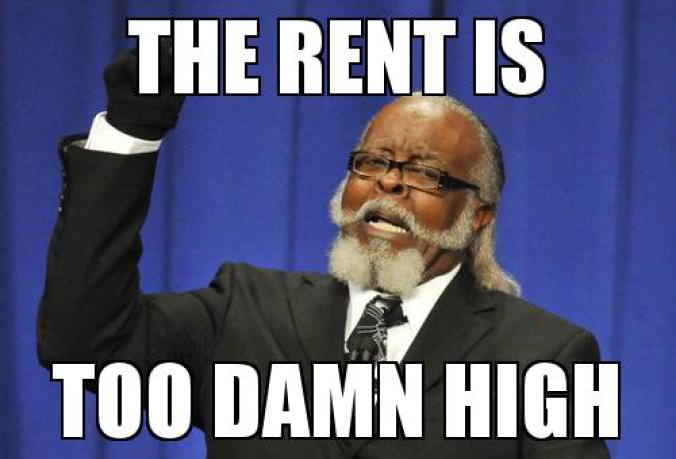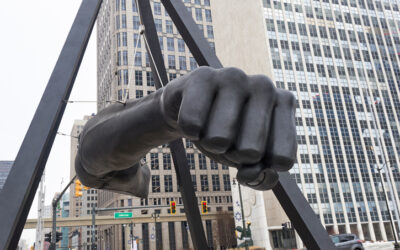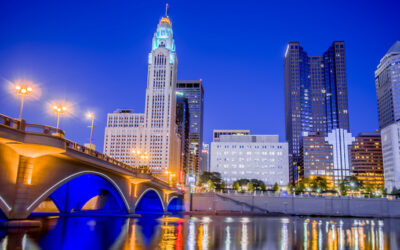New York City is many things to different people.
For new transplants, the Chairman sums up their bright lights, big city dream with the iconic line from the song “New York, New York”: “If I can make it there, I’ll make it anywhere.”
For jaded natives and longtime residents, however, Grandmaster Flash and the Furious Five’s “The Message” rings more true: “It’s like a jungle sometimes. It makes me wonder how I keep from goin’ under.”
So before you start spreading the news that you’re moving to New York City, here are five reasons that may keep your vagabond shoes firmly planted right where they are.
1. The Rent Is Too Damn High.
Based on market research, Curbed New York reported in 2017 the median rent for Manhattan was $3,350. That’s $2,500 for a tiny studio apartment under 600 square-feet; $3,350 for a one-bedroom; and $4,500 for a two-bedroom. And that’s considered a bargain, since those rates were down from 2016.
In Brooklyn, you will get a little more bang for your buck —the overall median was $2,750—$600 less than Manhattan. But just think, you could rent a more spacious one bedroom with washer in unit in Philadelphia (just two hours from Manhattan) for under $900.
One reason for those staggering rents? New York City has some of the country’s highest taxes on apartment buildings, which get passed on by landlords to tenants.
2. Gentrification is Disrupting Communities of Color.
What once made New York City great was its diversity and authenticity. But the landscape and face of New York City has increasingly become more homogeneous. Although most folks love it when a new Trader Joe’s, Target or Shake Shack opens in the neighborhood, the arrival of these name-brand and big-box businesses usually signals that independent businesses and mom and pop shops are closing left and right.
This upgrade in goods, services and retailers is often aimed to appease a new demographic, meaning the influx of white and wealthier residents. Another hallmark of gentrifying areas is an increase in rents, and as a result many middle class and low-income residents of color are being priced out of their neighborhoods.
According to CityLab based on data from New York City Comptroller Scott Stringer’s office, from 2000 to 2015 there has been a drastic decline in black-owned businesses across the city. That data also shows the African-American population declined in about 25 neighborhoods during that 15-year period, with the largest raw number declines in gentrifying neighborhoods like Central Harlem and Crown Heights and Bedford-Stuyvesant in Brooklyn. NYU’s Furman Center research shows that since 2000, in Bed-Stuy (once nicknamed “do or die”) the share of white residents increased by 1,235 percent, while the black population decreased by 17 percent.
3. Crime is Still a Thing.
“The effect of #NeighborhoodPolicing will continue to grow, we will continue to know our communities, and continue to drive down crime together.” @NYCMayor on crime in NYC pic.twitter.com/9Ur1LKpbdK
— NYPD NEWS (@NYPDnews) February 6, 2018
Statistically speaking, New York City ended 2017 with the lowest levels of crime since 1951, “when the Dodgers played in Brooklyn,” Mayor Bill de Blasio proudly announced. Major felonies, including murder, robbery, burglary and felony assault were down. Officials say there were 290 murders in New York City in 2017, 45 fewer than in 2016 and astronomically fewer than the 2,245 murders the city endured in 1990.
Sure, those stats are reassuring, but some folks have become way too comfortable. The number of rapes, however, increased 0.3 percent—1,446 rapes reported, compared with 1,442 in 2016. So women new to the city should exercise caution before they go jogging with headphones on in parks after dark or other unlit areas. And for those who insist on flaunting their new iPhone – including the Mayor’s unlucky communications aide—be warned there was also a slight uptick in crimes committed in the subway.
4. The Subway Sucks.
If you want to get a sense of what hell feels like, then wait on an overcrowded subway platform and then board a cramped, smelly and overheated New York City subway car during rush hour in the dead of summer. The MTA reports that in 2016, average weekday subway ridership was 5.7 million, the highest since 1948. Annual ridership was 1.757 billion.
Although the train is still the most convenient and cost efficient way to get around the city that never sleeps, thanks to the overgrowth in population, pretty much any peak time is the wrong time to ride the subway.
5. Too Many People Already Live Here.
The U.S. Census Bureau population estimates that New York City’s population increased from 8,175,133 in April of 2010 to 8,537,673 in July of 2016. This is an increase of 362,500 residents or about 4.4 percent over the 2010 mark.
Each of the city’s five boroughs registered gains in population. The Bronx saw the largest increase, up 5.1 percent, followed by Brooklyn (5.0 percent), Queens (4.6 percent), and Manhattan (3.6 percent); Staten Island showed the smallest gain (1.6 percent) over the 75-month period.



